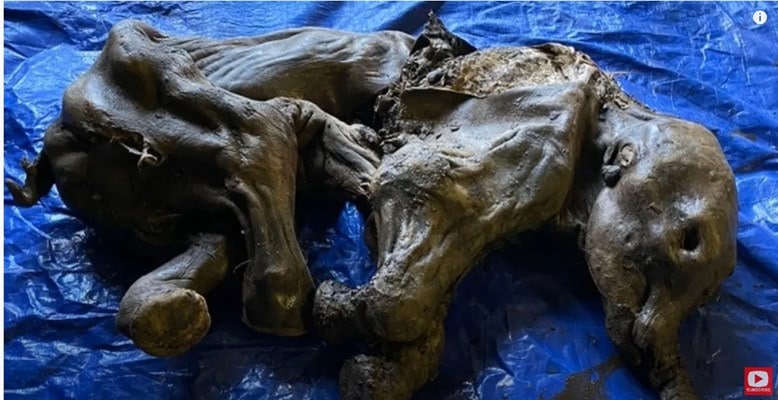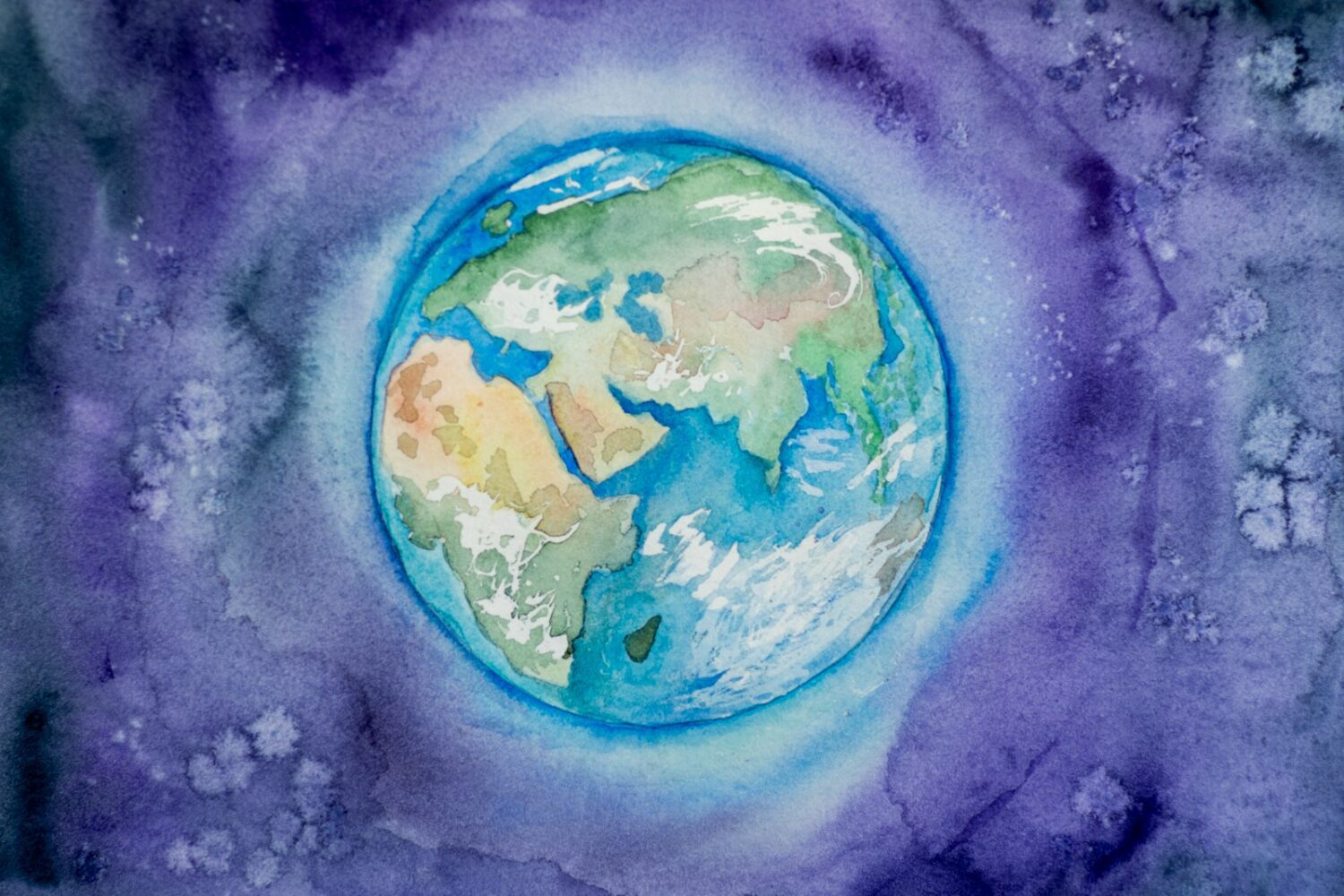A gold prospector in the Klondike came across a rare find – an extremely well-preserved newborn mammoth, MediaPortal reported on June 25.
The remains of the mammal have remained in the frozen soil of the Canadian Yukon Territory for more than 30,000 years.
The mummified body from the Ice Age is about 1 meter and 40 centimeters long.
The little woolly mammoth is thought to have died about 30 days after birth
Scientists have extracted the oldest known DNA from the molars of a mammoth that lived in northeastern Siberia 1.2 million years ago, Reuters reported in February 2021.
The teeth from which the DNA was extracted and sequenced are from three mammoths. They are preserved in the permafrost. some of the remains were found in the 1970s, but only modern technology has made it possible to extract DNA.
The oldest of the three teeth was found near the Krestovka River. It is 1.2 million years old. The second of the Adicha Valley is about one million, 1.2 million years old. The third was near the Chukocha River. He is the youngest – about 700,000 years old.
“This is the oldest DNA found,” said evolutionary geneticist Love Dalen of the Center for Paleogenetics in Sweden.
So far, the oldest DNA was from a horse that lived in the Canadian Yukon about 700,000 years ago.
For comparison, our species Homo sapiens appeared about 300,000 years ago.
The extracted DNA has been degraded into very small pieces, and experts have sequenced millions of ultra-short sections to connect the genomes.
Most knowledge of prehistoric creatures comes from fossil research. However, there are limits to them, especially for genetic connections and traits. Ancient DNA can fill such gaps.
Experts have compared this most ancient DNA to a sample of a mammoth that lived much earlier. The mammoth from Krestovka is from a hitherto unknown lineage, separated more than 2 million years ago from the one that led to the appearance of the woolly mammoth. These mammoths appear to have been the first to migrate from Siberia to North America on a then-existing landmass about 1.5 million years ago. Woolly mammoths migrated about 400,000 to 500,000 years ago.












